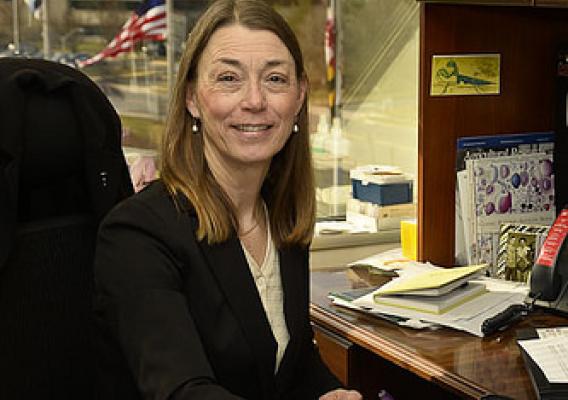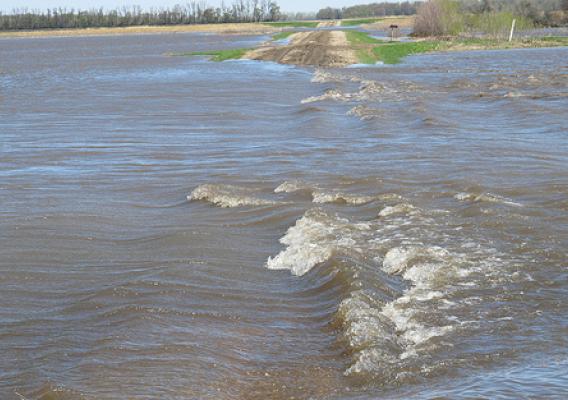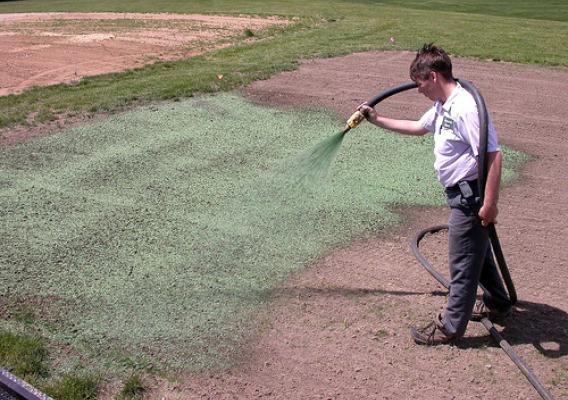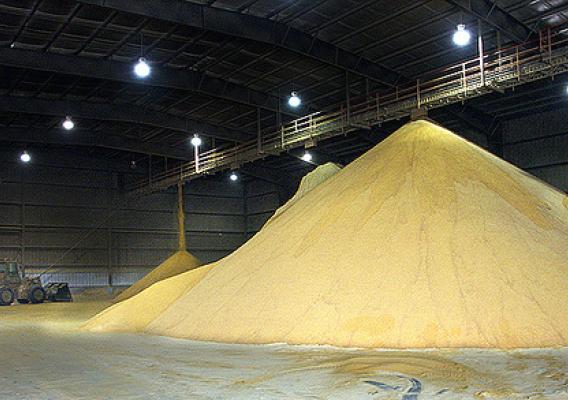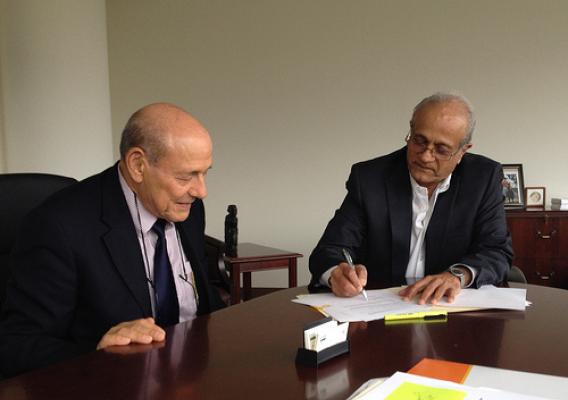This post is part of the Science Tuesday feature series on the USDA blog. Check back each week as we showcase stories and news from USDA’s rich science and research portfolio.
As a boy, Steven Cannon helped his grandfather in the garden grafting fruit trees, all the while developing an interest in plants. As an adult, Cannon has followed in his grandfather’s footsteps, working with USDA as a scientist—but only after first taking a different, though ultimately, complementary career path.
After graduating college, Cannon worked various jobs, including one as an educational software designer that used his knack for computing. In 2000, he rekindled his early interest in plant biology, earning a PhD and practical experience as a postdoctoral researcher assigned to a genome mapping project. In 2006, he accepted a position as a plant geneticist with the USDA-Agricultural Research Service (ARS) Corn Insects and Crop Genetics Research Unit in Ames, Iowa.

